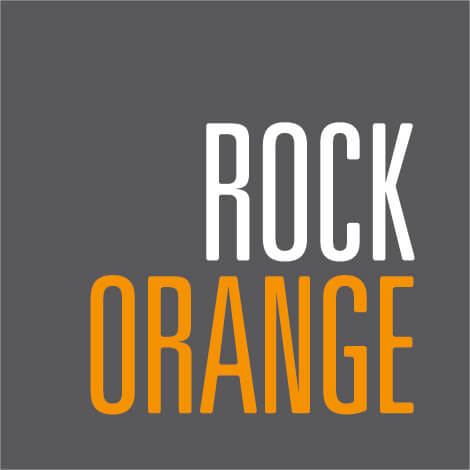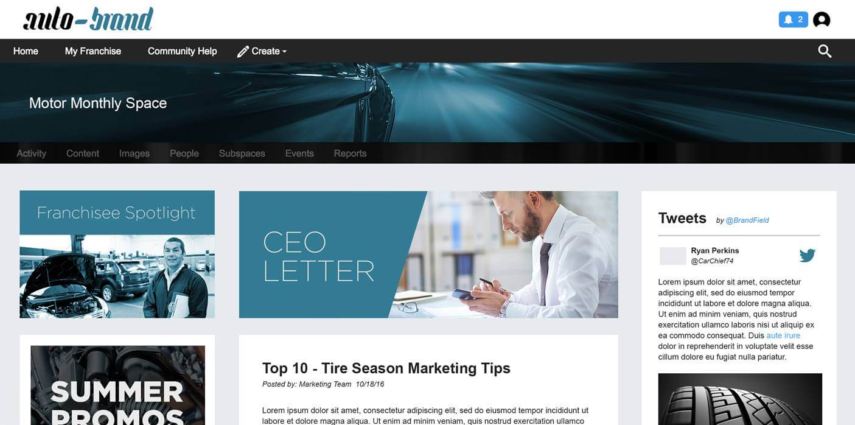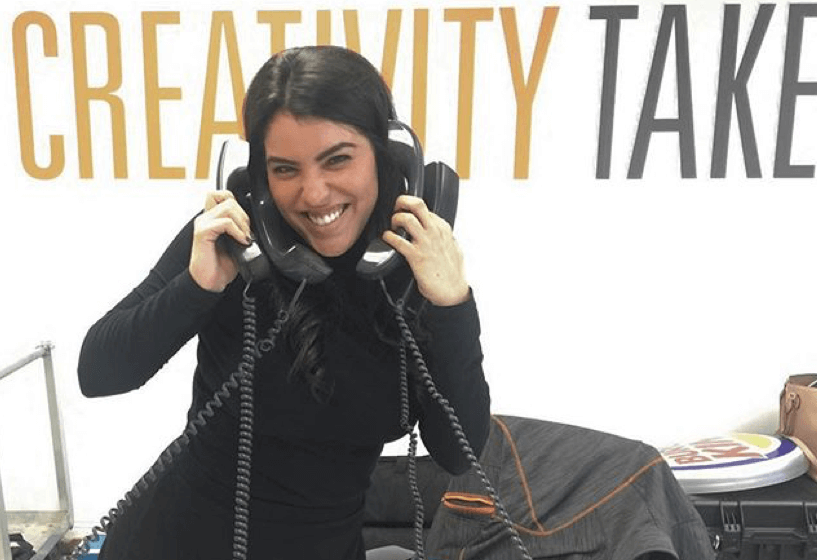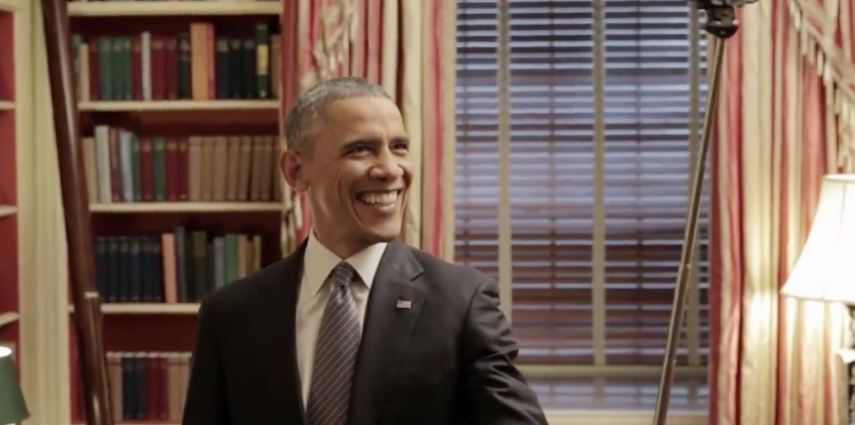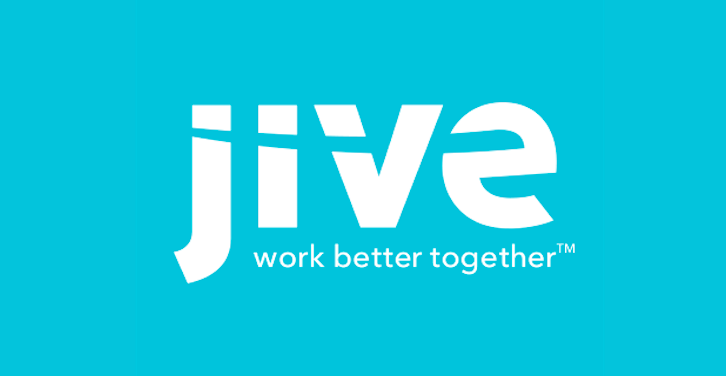It’s never been more important for brands to be good at talking to themselves. But today, that can mean communicating to more than just employees.
Often, those who have spent time outside the corporate world can be blissfully unaware of its realities. With large teams and budgets, the common misperception is that it is easy to get new initiatives implemented and to get everyone on board, paddling in the same direction.
But effecting change across large organizations is more often like slaloming the Titanic through a gantlet of icebergs. The lurking danger, just under the surface, is lack of communication.
This is why we have seen an evolution during the past 10 years toward seamless intranets that integrate into workers’ day-to-day activity. It’s about communication, getting every single member of the organization to lean left, then to the right, in concert.
But organizations are changing. Communication is no longer as simple as us (employees) versus them (the public). Today, brands need their own internal PR to speak with contractors, vendors, equity and commercial partners, board members, franchisees and other stakeholders.
Recently, RockOrange developed and launched a complex, multi-pronged internal communications portal for an automotive aftermarket-franchising client using proprietary software called Jive. The client is a conglomeration of some 10 separate, unique brands, each with their own distinct business model and footprint across North America. It was our second such project in the past three years that focused not just on employees but networks of franchisee and store-level managerial constituents—the first having been for quick service restaurant giant Burger King. In these engagements, the threads weave together to form complex permutations of different user roles, permissions, communication types and requirements. By necessity, these platforms must take fragmented needs and coalesce them, becoming all things to all people.
Don’t worry—it’s only half as daunting as it sounds. To find out how to do it, click through and subscribe to PRNews to read David Quinones, RockOrange’s VP Editorial & Content article on how to build an intranet that works for internal stakeholders across the board. The article was published in two parts in the weekly PRNews Pro newsletter: Before You Build an Intranet Listen to Employees and Determine KPIs (published Oct 24, 2016, Issue 41) and, Why Feedback is Important as You Build Your Intranet (published Oct 31, 2016, Issue 42).
